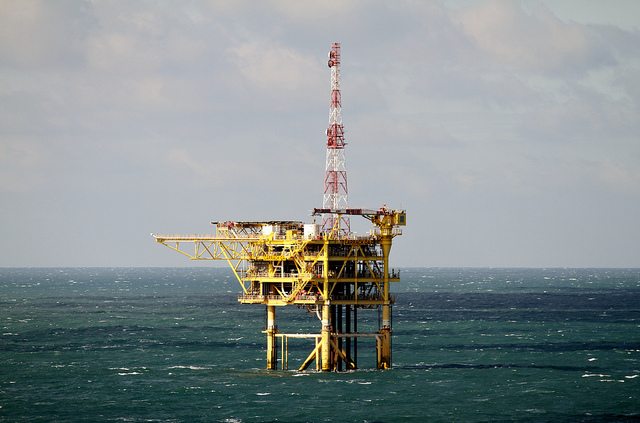Jonny Hughes: Why we need a pragmatic approach to decommissioning in the North Sea
The North Sea oil and gas sector has been a cornerstone of UK industry for over 50 years. At its peak in 1999, the UK was producing over three million barrels of oil a day. Whilst this has gradually declined to around one million barrels today, the complex array of infrastructure needed to support the industry is largely still in place. At present, there are around 470 oil rigs, 10,000 km of pipeline, and 5,000 oil wells in the North Sea.

In many of the older wells, extracting any remaining oil has already become economically marginal and many wells now need to be taken out of service.
Under current OSPAR Convention regulations, oil companies are responsible for removing all the structures they place on the seafloor, and are required to submit a plan for dismantling, reusing, recycling, and disposing of all structural and waste materials at the well site. This process is known as decommissioning.
Decommissioning is highly complex and challenging. It is estimated that decommissioning all the UK’s North Sea operations could take 30-40 years and cost the industry and the UK Government tens of billions of pounds. Cost estimates vary widely from £35 billion up to £100 billion.
For many rigs, complete removal can be the most straightforward operation. Here, the rig frame is cut just below the seafloor and lifted to the surface as a single piece. However, during the industry’s rapid expansion in the 1970s, many rigs were installed quickly with little thought given to how they would be removed in the future.
This lack of foresight resulted in the construction of some extremely large structures whose removal is considered dangerous and perhaps not even possible in some cases, particularly for structures located in deep water or those built from concrete, known as gravity-based structures.
In the late 1990s, concerns associated with removing such structures were widely recognised amongst the industry, academics and government and resulted in the adoption of a regulation under the Convention for the Protection of the Marine Environment of the North-East Atlantic (the ‘OSPAR Convention’) which states structures must be fully removed at the end of their lives.
The regulation does allow for oil companies to apply for derogations to leave certain structures in place. However, for derogations to even be considered, the structure must fall within a strict set of requirements. These include: pre-1999 construction; steel constructions weighing more than 10,000 tonnes and gravity-based structures.
The question is, is this strict removal policy the right approach? Could more flexibility on the application of OSPAR derogations lead to better environmental outcomes and cost savings for the taxpayer? Taking a more pragmatic stance might mean that some rigs are retained as artificial reefs as has happened in the United States, Brunei and Malaysia. Repurposing old rigs into reefs has been shown to increase marine species diversity and biomass, in some case up to thirtyfold. In the North Sea, minke whale, white-beaked dolphin, killer whale, pilot whales and particularly harbour porpoises are commonly seen around rigs.

The Scottish Wildlife Trust has proposed a percentage of the billions in savings generated from taking a more pragmatic, case-by-case approach to decommissioning could be placed in a marine stewardship fund to support marine conservation and research. This would create a triple-win: savings to the operator and taxpayer; enhanced (albeit modified) marine life around old structures; and a significant fund for better stewardship of our seas. At a time when resources for marine conservation and research face an uncertain future, such a national fund could be very timely.
Jonny Hughes, Chief Exeuctive
This article first appeared in The Scotsman on 6 October 2018.
Help protect Scotland’s wildlife
Our work to save Scotland’s wildlife is made possible thanks to the generosity of our members and supporters.
Join today from just £3 a month to help protect the species you love.
Preface
The North Sea oil and gas sector has been a cornerstone of UK industry for over 50 years. At its peak in 1999, the UK was producing over three million …
